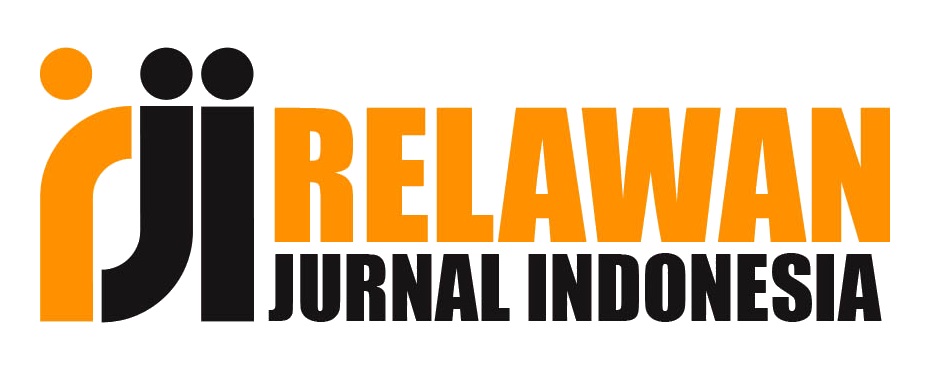PRODUKTIVITAS PEKERJA DENGAN MENGGUNAKAN METODE WORK SAMPLING (PEKERJAAN PEMASANGAN TIANG PANCANG)
DOI:
https://doi.org/10.52333/lateral.v1i1.132Keywords:
Productivity, Work sampling, Labour utilization rate (LUR), Productivity coeffisient, Productivity factorAbstract
There are various methods that can be employed to measure construction labour productivity. However, it is difficult to measure accurately labour productivity. Work sampling is a relatively easy to use methode for measuring productivity. The main objective of this research is to analyze labour productivity on the building project of The Fame Citywalk located on Jalan Rajawali Palembang utilizing work sampling method. The productivity measure obtained from the analysis is labour utilization rate (LUR) and labour daily coefficient productivity of bore file contruction. Besides, this research is intended to investigate factors influencing the LUR in project by using questionnaire. The work sampling analysis shows that ini overall LUR of project of bore file construction was 73.45%. Besides LUR, high productivity is taken from every percent per hour of every work from bore file construction is 6.404 org/m’/hour. The highest labour productivity for all works tookplace on Tuesday. From the result of t-test on questionnare, factors taken influence significantly to labour productivity that is on the level of significant 95% is control and supervision, teamwork, and leadership. Mean while factors of material and equipment, rework, information, present, shedule, motivation, moral and behavior, skill and labour substitute do not influence significantly on labour productivity.
References
Firda, A. 2009. Analisa Produktivitas Pekerja Dengan Menggunakan Metode Work Sampling, Tesis Magister Teknik Sipil – Bidang Kajian Umum Manajemen Infrastruktur, Program Pascasarjana Unsri, Palembang.
Boy, R.A., 1986. Improving total Corporate Productivity, Thomson Learning.
Ervianto, I. Wulfram., 2008. Pengukuran Produktivitas Kelompok Pekerja Bangunan Dalam Proyek Konstruksi (Studi Kasus Proyek Gedung Bertingkat di Surabaya), Jurnal Teknik Sipil, Volume 9, No. 1, Oktober 2008, Hal. 31-42, Universitas Atma Jaya, Yogyakarta.
Olomolaiye, P.O., Jayawardane, A.K.W., and Harris, F.C., 1998. Construction Productivity Management, McGraw-Hill.
Olomolaiye, P.O., Kamining, P.F., Holt, G.D., and Harris, F.C., 1996. Regional Comparison of Indonesian Construction Productivity, Journal of Management in Engineering, Volume 13, No. 2, Hal. 33-39.
Oglesby, C.H., Parker H.W., and Howell G.A., 1989. Productivity Improvement In Construction, McGraw-Hill.
Sarwono, Jonathan., 2006. Panduan Cepat dan Mudah SPSS 14, Penerbit Andi, Yogyakarta.
Setiawan, Harijanto, 2006. Efektivitas Waktu Kerja Kelompok Tukang, Jurnal Teknik Sipil, Volume 7, No.1, Oktober 2006, Hal. 59-66, Universitas Atma Jaya, Yogyakarta.
Pilcher, R., 1992. Principles of Construction Management, 3rd ed. Singapore: McGraw-Hill, Inc.











